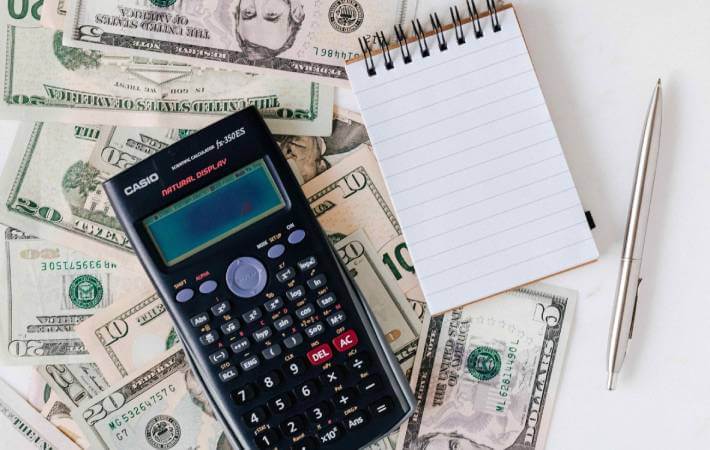
Budgeting Tips for Buying a Home
Photo by Karolina Grabowska from Pexels
Need a few budgeting tips for buying a home? Here are the three main steps to help your savings account grow fast.
Home Saving Tip #1: Track Expenses for 1 Month
According to the National Association of Realtors®, median home prices hit a record high of $334K in March 2021. That's a lot of money, which is why buying a home can be daunting for so many people. However, everyone needs to start somewhere, and that first step is to figure out where your money is going.
Track your expenses closely for a month. You don't necessarily have to tally the money every single day, but doing so every few days is a good idea. That will let you record multiple transactions without being overwhelmed.
Why is this the first step? It's because you won’t know where you can cut costs without first knowing where your money is going.
For example, maybe you'll find you're spending a lot of money eating out at restaurants or fast food places. This wouldn't be surprising considering the average American family spent $3,525 per year eating out according to a report from the U.S. Bureau of Labor Statistics. That's a lot of money that could be going towards your home instead of food!
Once you've tallied the numbers, it's time for the next step.
Best Way to Save for a House Tip #2: Determine What's Critical
Some of your expenses just have to be paid. Maybe you have small children and need to put them in childcare so you can work. You need a car to get around, so that payment isn't going anywhere. Obviously, you still need to eat – though (per our last section) you can probably save money by foregoing the restaurant and eating at home more.
But what can you do without? Maybe you spend more money on clothes every month than you really need to. Maybe you're paying for a cable TV bill that you could do without thanks to services like Netflix and Hulu. It could be you like spending the weekends out with friends, which can mean expensive nights out on the town.
All of these things add up. If they aren't extremely important to you, consider scaling them back.
For example, let's say you go out once a week and it costs you $50 per night. That's just a few drinks and dinner, right?
If you go out 50 weeks a year, that comes out to $2,500 per year. If you could cut that in half, you'll save $1,250. You could also choose to have fewer drinks when you go out, cutting your bill to just $20. Now you've saved even more money, as you went from $2,500 per year to about $1,000.
Do this with all of your expenses. Figure out what's worth cutting and what's worth keeping. Once you know how much money you can save every month, it's time to set a goal.
Buying a Home Tip #3: Pick a Loan and Set a Goal
The last step is to start thinking forward. You know how much money you can save, so it's time to figure out how long it will take you to reach that goal. To do so, you'll need to get a clear idea of the type of loan you want and how much you can spend on your home. Then you work backward to figure out how much your down payment needs to be.
For example, let's say you'll go with the most popular type of loan – a 30-year fixed-rate mortgage. You want the flexibility it offers and the fact you would have a lower monthly payment than with a 15-year loan.
Knowing you'll get that type of loan, you might work with a lender and determine the most home you'd feel comfortable buying costs $330,000. In that case, your down payment goal should be around $65,000. That's the 20% target you often hear about in the mortgage space.
Now that you have your goal and know how much you can save, you can calculate how long it will take. If it's too long, no problem – just find other ways to save money. You can also consider earning extra money on the side.
We Can Help
We hope these budgeting tips for buying a home were helpful. For more guidance on home saving or any aspect of the mortgage process, shoot us an email at info@bydand.com. We look forward to hearing from you!

